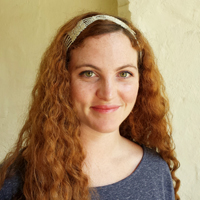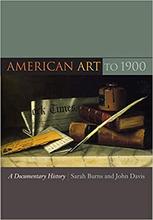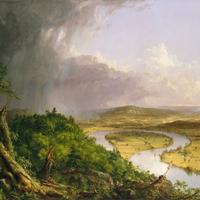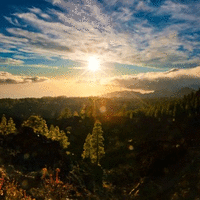More about Albert Bierstadt
- All
- Info
- Shop

Sr. Contributor
The German Albert Bierstadt defines the American West
Known for his epic American landscapes Albert Bierstadt was actually born in 1830 in Solingen, Germany’s sword-making equivalent to Game of Throne’s Valyria.
He was raised in New Bedford, Massachusetts which was simultaneously home to famous abolitionist and escaped slave Frederick Douglass.
Bierstadt took advantage of the marketability of the West by hitching his wagon onto several surveying tours. It was during his first trip to Yosemite Valley that he would meet Fitz Ludlow. Ludlow was an art and literary critic whose autobiographic book The Hasheesh Eater (1857) had popularized the consumption of marijuana by praising the drug’s ability to allow consumers to like, explore distant lands using their minds, man. At some point Bierstadt was introduced to Ludlow’s beautiful and flirtatious young wife, Rosalie. Little of the scandalous details are known, but in 1866, just months after divorcing Ludlow, Rosalie and Bierstadt were married.
His paintings and sketches of Colorado and California inspired his most profitable period. Riding that Rocky Mountain profit high Bierstadt constructed Malkasten, German for paintbox, a mansion overlooking the Hudson. It was planned by Jacob Wrey Mould who designed the original buildings for New York’s American Museum of Natural History and the Metropolitan Museum of Art. Both men were criticized for working on too large a scale so it is no surprise that the studio they built was big enough to display canvases as large as 15 x 9 feet. Rather than live in the home he built, he and Rosalie, who was now ill with the consumption that would kill her, spent most of their time in Nassau for her health.
The house, along with many of Bierstadt’s sketches and paintings, burned due to a defective chimney flue in 1882. By then he’d lost favor with the public and no one wanted his boring landscapes anyway.
Featured Content
Here is what Wikipedia says about Albert Bierstadt
Albert Bierstadt (January 7, 1830 – February 18, 1902) was a German American painter best known for his lavish, sweeping landscapes of the American West. He joined several journeys of the Westward Expansion to paint the scenes. He was not the first artist to record the sites, but he was the foremost painter of them for the remainder of the 19th century.
Bierstadt was born in Prussia, but his family moved to the United States when he was one year old. He returned to study painting for several years in Düsseldorf. He became part of the second generation of the Hudson River School in New York, an informal group of like-minded painters who started painting along the Hudson River. Their style was based on carefully detailed paintings with romantic, almost glowing lighting, sometimes called luminism. Bierstadt was an important interpreter of the western landscape, and he is also grouped with the Rocky Mountain School.
Check out the full Wikipedia article about Albert Bierstadt






















